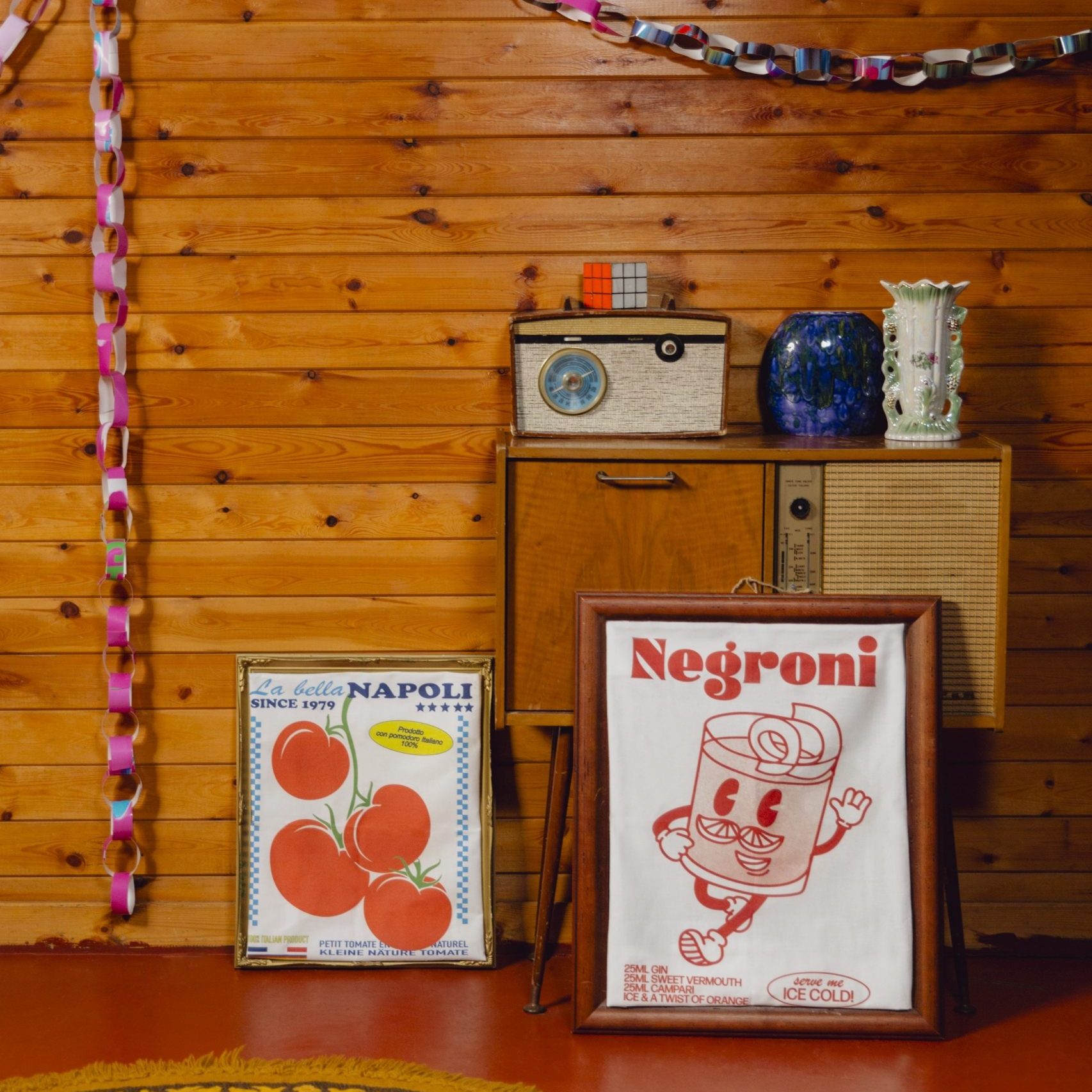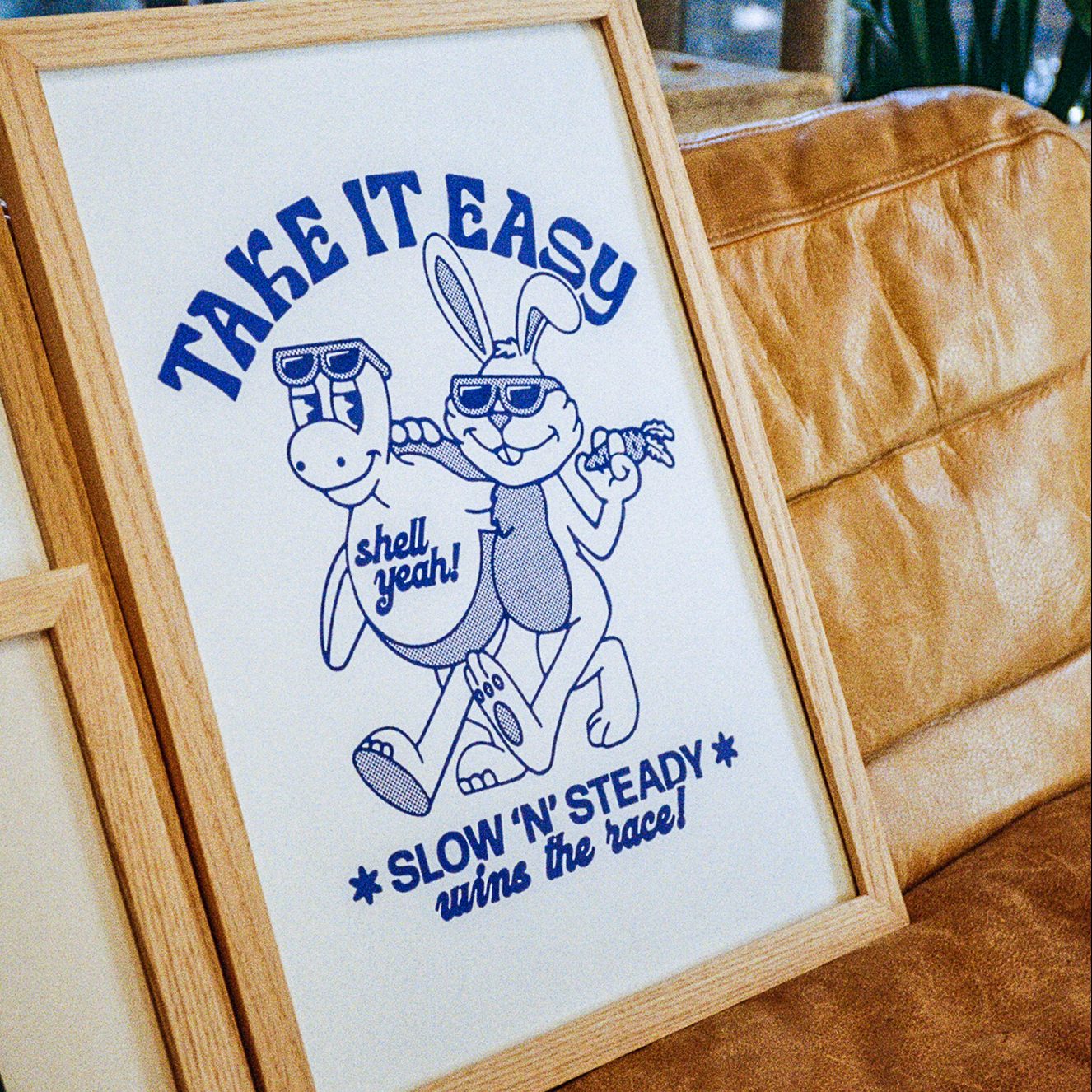
Colours are truly where art and science meet. The range of colours is infinite and a mysterious mix of physics, light theory and nature. And while all of that is fascinating, and an entire area of study onto itself, colour systems were created to make their application in art, design and beyond, easier and more understandable. If you want a deeper understanding, there’s plenty of literature out there on colour theory, and for those who just want to understand enough to help their design practice, we have put together a quick and simple guide to the most common colour systems below.
RGB
RGB stands for red, green and blue. They are the base colours of all light emitting screens, so they are the three colours computers or phones use to create an image on screen. RGB therefore, is the colour system most commonly associated with digital design. In RGB, each colour has a value between 0 and 255 – so black is 0, 0, 0 and white is 255, 255, 255. All other colours are somewhere in between. HEX codes are a sister language to RBG, and commonly used in coding and web design to communicate RBG combinations with a 6-figure code made up of letters and numbers.

CMYK
CMYK is the colour system used in photomechanical printing. It stands for cyan, magenta, yellow and key – key being the plate which contains all the details of the image, which, in CMYK is often done in black ink.
As CMYK is used for printing, whatever system you use while creating your images digitally will have to be converted into CMYK. It is also good to know that unlike RBG, CMYK colours are subtractive, meaning they get darker as you blend them together – so, if your design includes lots of bright colours, you might struggle somewhat to reproduce them exactly in CMYK. This is especially true of fluorescent or neon colours which rely on a light-emitting screen to be really brought to life. This is where readily-mixed colours come in.
PMS
The Pantone Matching System or PMS is a standardised spot colour system, used by designers and printers to ensure effective colour matching. This means that whatever medium you’re printing on and wherever you are in the world, you are guaranteed to end up with an exact reproduction of your work. PMS contains thousands of colours, including neons, pastels and metallics, all represented by a unique code. Choosing PMS can sometimes be the costlier option, but many creatives feel it’s ultimately worth it to protect the originality of their design.


